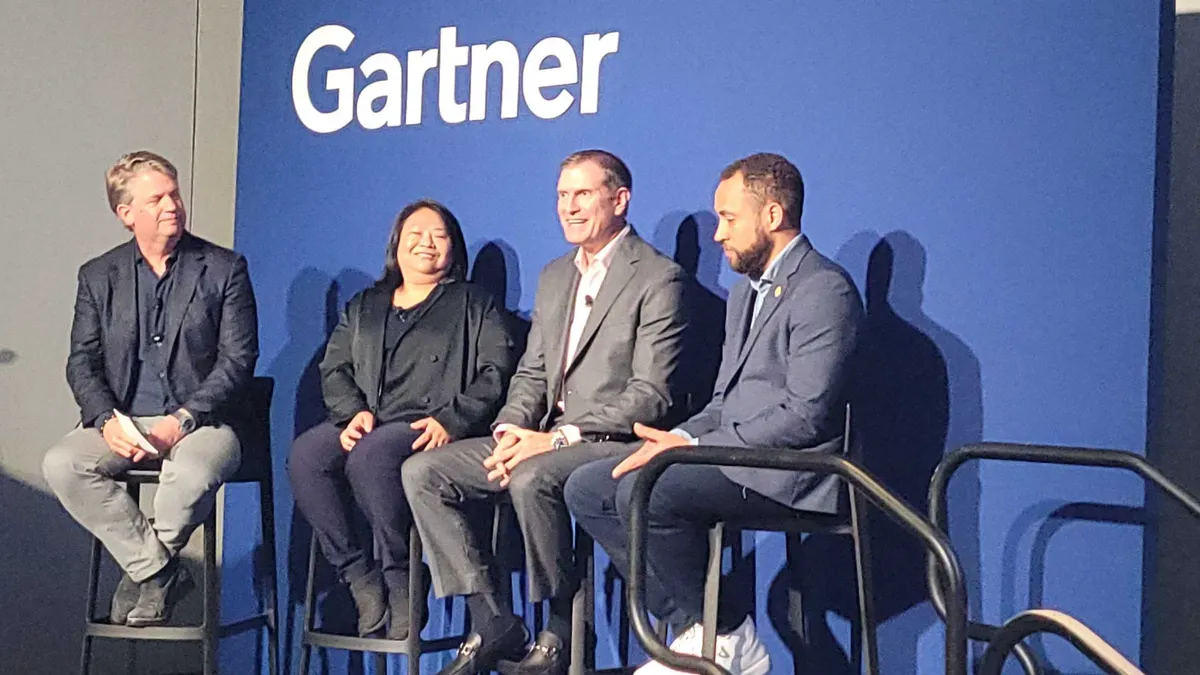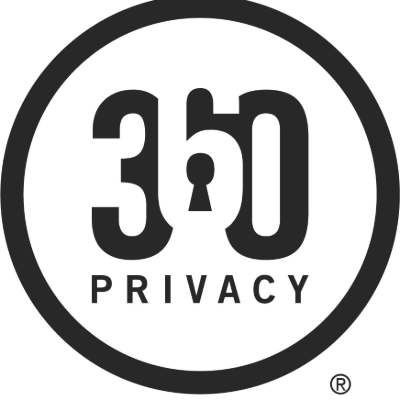The U.S. lacks a federal law requiring accessible websites, those outfitted with tools so people with impairments such as vision loss can use them. Without regulations, companies often address accessibility issues when they arise in lawsuits.
Domino's is the most recent example of a company facing backlash for its digital accessibility, or lack thereof.
With the Supreme Court pushing the lawsuit back into court, it perpetuates the legal limbo companies operate in when it comes to digital accessibility: there are no concrete guidelines or watchdogs.
The closest resemblance of regulation — though without the teeth of requirements — is the Americans with Disability Act (ADA), a 30-year-old piece of legislation, lacking digital specifications. The Supreme Court declined to hear Domino's appeal, bringing the case back to trial, a decision that works in favor of the plaintiff.
"The Supreme Court's decision is welcome news. Using technology is a vital part of full participation in the community, and this development is another important step toward ensuring accessibility in the digital age," said Peter Berns, CEO of advocacy group The Arc of the United States, in an emailed statement to CIO Dive. "The ADA remains a critical tool to enforce the rights of people with disabilities to fully participate in all aspects of society."
Insulation from accessibility-related lawsuits sits between the ADA and the Web Content Accessibility Guidelines (WCAG). Any disconnect leads to lawsuits.
In 2018, there was an increase in lawsuits claiming websites were missing code compatible with assistive technologies, like screen readers, according to a Seyfarth Shaw report.
The report found about 2,258 website accessibility-related lawsuits in 2018, up from just over 800 in 2017. Fourteen states received complaints in reference to violations of Title III of the ADA, which prohibits "places of public accommodation" from discriminating against people with disabilities.
There is no other law holding companies accountable for digital accessibility. It's largely lawsuits, like Domino's, that give industry a temperature check.
Without the overhead of a watchdog, ignoring or loosely implementing WCAG protocol may only be found when a consumer files a complaint or lawsuit. "Attention is paid to digital accessibility due to legal action," Brent Stewart, senior research director at Gartner, told CIO Dive.
ADA's shortcomings
The National Retail Federation called on Congress to make a permanent standard, arguing conflicting rulings have obscured expectations of ADA compliance.
"The ideal scenario would have been that the Supreme Court took it up," said Stewart. If the Court decided in favor of Guillermo Robles, the blind man suing Domino's, "then we [would have] this very clear nationwide precedent that would be essentially indisputable, would reduce the number of lawsuits significantly, and get businesses really clear guidelines on what they need to do to be in compliance with legal precedent."
Further spurring the confusion is the ADA's lack of recognition for the internet's maturity and the digital age modern businesses rely on. In 2017, the Trump administration began rolling back changes to the ADA, including the end of website-related updates.
If a business is a "public place of accommodation," then overall accessibility — digital or otherwise — is expected, according to the ADA. The court of appeals bestowed the "accommodation" title on Domino's, leading to the Supreme Court's decision to decline its case.
Because the "public place of accommodation" is the main line of "compliance" with the ADA, companies argue against the title's applicability to digital technology. "ADA compliance is hard to define since the ADA does not specifically list requirements for websites," Donovan Buck, VP of software engineering at BrandExtract, told CIO Dive.
Universally accepted guidelines and WCAG were established by the World Wide Web Consortium, where HTML standards were created.
Existing standards and policies are "basically just a consortium, non-governmental, independent international agencies that cover pretty much all the protocol from the internet," said Stewart.
But the guidelines stop short of regulation and authority. The WCAG is unattached to any legal authority or watchdogs. There are advocacy groups that try to hold companies accountable, "but none of them have a really big voice," Stewart said.
When accessibility goes beyond development
Companies need layered reinforcement from designers, writers, developers and quality assurance testers that their websites and services are accessible to customers with impairments.
The technical tenets of accessibility are "making sure the proper tags and attributes are used throughout, that a page is navigable with keyboard only, and that affordances are in place to help users quickly navigate the site," said Buck.
When a company decides to comply with WCAG, they have to determine a level of conformity: level A, level AA and level AAA. Level two, or AA, is often considered the standard.
Resolving accessibility concerns and remediating issues for legacy content is an uphill battle. An insurance company, for example, will likely have decades-worth of contracts, terms and conditions documents, PDF and Word files that they have to make accessible.
"Anyone who's producing a document, anyone in your entire organization, ideally, should run an accessibility check on it when they're done before they submit it for some kind of publishing," said Stewart.
The common theme among Title III-related cases is a website's ability to "conform with the Web Content Accessibility Guidelines 2.0," according to the ADA's enforcement activities.






















